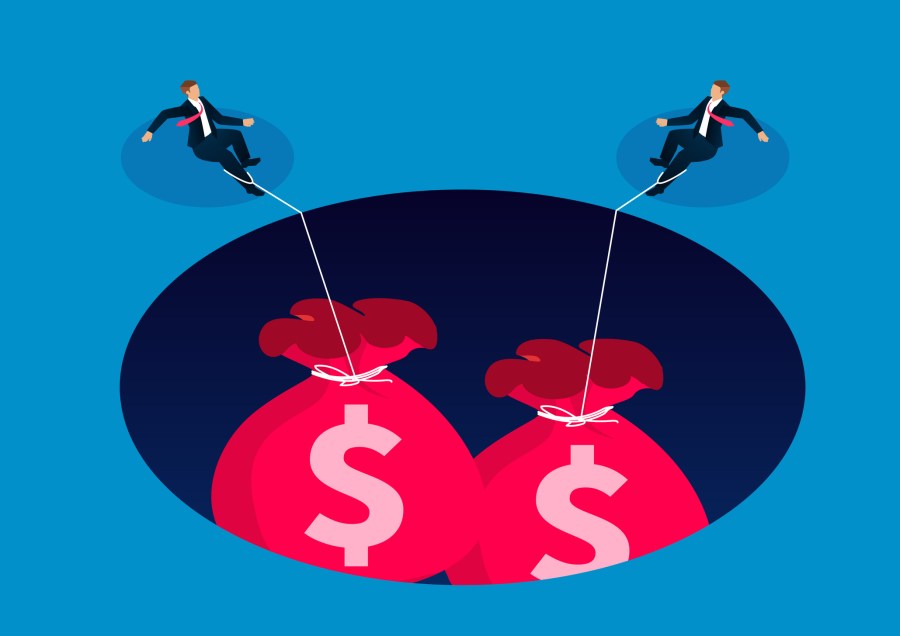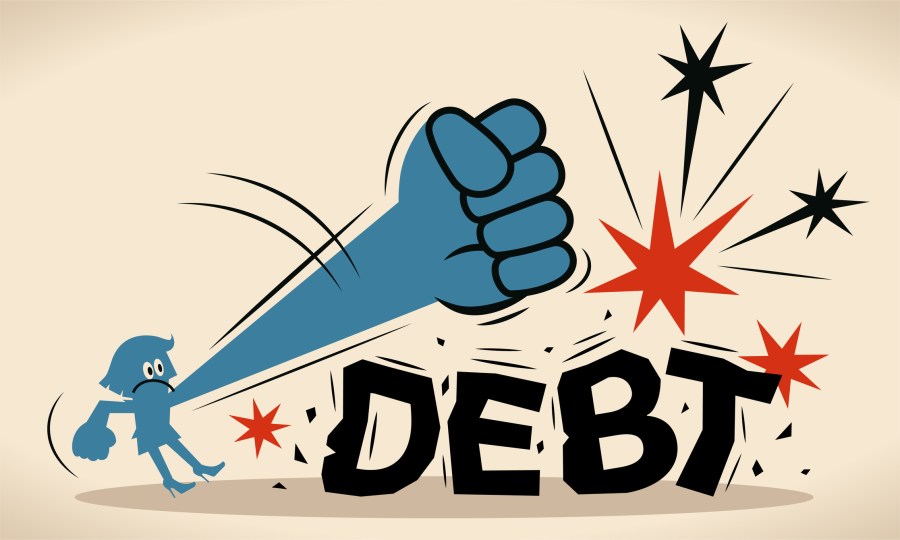
College education in the U.S. is expensive. A typical in-state student studying a four-year course in an American college will pay an average of $25,487 per academic year, while an out-of-state student should prepare to spend at least $27,023.
For those who opt to study at a private institution of higher learning, the annual bill could be a whopping $53,217. It’s no wonder that 79 million Americans have used student loans during their college career. For many, obtaining a college education is impossible without financial assistance.
For many years, a college degree, and the student loans used to finance one, were generally seen as a sure path to prosperity. In decades after the federal student loan program was created, private banks and later the government itself handed out loans liberally, and students willingly took on mountains of debt, assured that their investment would pay off. At the same time, colleges raised tuition rates in far greater excess than they needed to account for inflation. Colleges and banks got rich, and a student loan debt crisis was born.
Today, the debt crisis looms large in the news, but even as some form of debt forgiveness is being considered, it’s important to remember that even widespread forgiveness won’t fix the problem with these loans. Until we find a way to make a college education worthwhile, such that it will lead to comfortable loan repayment, borrowers should proceed with caution. Here are a few things to consider as you think about applying for a student loan.
The Student Loan Debt Crisis

25 percent of Americans owe an average of $37,172, translating to a national student loan debt of $1.75 trillion. To put that in perspective, a standard down payment for a home in the U.S. ranges anywhere from $10,000 to $15,000. So, the average student loan could pay for the down payments on two or three properties. Alternatively, you could potentially clear most of your auto loan debt, considering that a new car typically costs $47,077.
Yet, despite private and federal student loans having a standard repayment period of 10 years, most college graduates require about 20 years to pay off what they owe. So, that means you may pay off your student loans in your forties. One survey found that 12% of student loan debtors have delayed having children due to the financial burden of loan repayment.
In addition to slowing people down, student loans also significantly increase stress levels. Many people struggling with this kind of debt have higher levels of stress, anxiety, and shame. Many individuals who struggle to pay student loans come from low-income backgrounds and are members of the Black community, and the impacts of poverty and racism also bring on significant stress that student debt compounds. One in 14 people experiences suicide ideation due to the financial burden.
Should You Borrow the Full Student Loan Amount?

You may want to consider several important factors before deciding whether to borrow the entire student loan amount available. Below are some of those factors.
1. Your Future Job Prospects
Will your degree likely lead to employment or will it require additional education? You should carefully consider the job you will likely get based on your academic qualifications after your college education. Some degrees lead to higher paying positions than others, which should be part of your decision making.
2. What Your Options Are
It’s wise to consider your options before applying for student loans. For example, if you can cut down your college costs by studying part-time as you work, getting scholarships, accepting help from your family, or becoming a resident advisor, you should do so. Even if you still borrow loans, they will be smaller, making repayments more manageable.
3. What the Final Numbers Look Like
It is best to weigh the pros and cons of both private and federal student loans before applying for either. It may help to use a student loan calculator to determine what the final numbers will look like.
With most online calculators, if you know the loan amount, interest rate, and repayment term, you can calculate your future monthly payments and the total interest you pay. You could also calculate how much money you can save by paying extra towards the loans. With this information, you can apply for a specific amount after deciding whether the numbers make sense.
4. How Much You Need
Currently, the highest amount of federal loans you can receive is $57,500 for undergraduates and $138,500 for professional or graduate students. Therefore, it is possible the total student loan amount for a four-year degree may be less than you need. In this case, you may have no choice but to borrow what is available and look for other loans to complete your college fees.
Tips For Paying Off Student Loans

It helps to have a plan in place to pay off your student loans, so they don’t weigh you down. Below are a few options you can explore.
1. Early Repayments
The longer it takes to pay off what you owe, the more interest you will pay. The more interest you pay, the more money you will spend in the long run. So, you may want to channel any extra funds you get from side hustles, windfalls, tax refunds, or gifts into early repayments. And be sure to pay more than the monthly minimum whenever you have the opportunity.
Generally, once the loan is fully disbursed, you can begin repayments. So, consider doing that as soon as possible, even if you haven’t graduated yet or are still within the grace period. Also, set up automated repayments so you can take advantage of any discounts your lender provides.
2. Debt Consolidation
If you have various student loans from multiple lenders, you should explore debt consolidation. When you refinance the debts through consolidation, you can combine them into one manageable loan with a more reasonable interest rate.
The new lender will pay off what you owe, and you can begin repayments for the new loan to the single lender. That lender could be a financial institution or even a family member.
Debt consolidation is an excellent option if you have multiple loans with variable interest rates and prefer a lower or fixed interest loan covering all your student loans. It also makes sense to use this strategy if your repayment period is about to run out. This provides you with a new repayment period and buys you more time to pay off what you owe.
You can use a Direct Consolidation Loan at zero cost or find another suitable lender to refinance your debts.
3. Public Service Loan Forgiveness (PSLF)
For those interested in working for a non-profit organization or the U.S. federal, state, local, or tribal government, you could get into the public service loan forgiveness program.
However, your loans must be Direct Loans or consolidated into one such loan. As long as you enroll in a qualified repayment plan and repay loans for at least 120 months, you could have the rest of the balance forgiven.
Being unable to pay for loans and declaring bankruptcy will have severe repercussions that last many years. Use these tips to ensure you apply for manageable loans that work for your budget and lifestyle.





